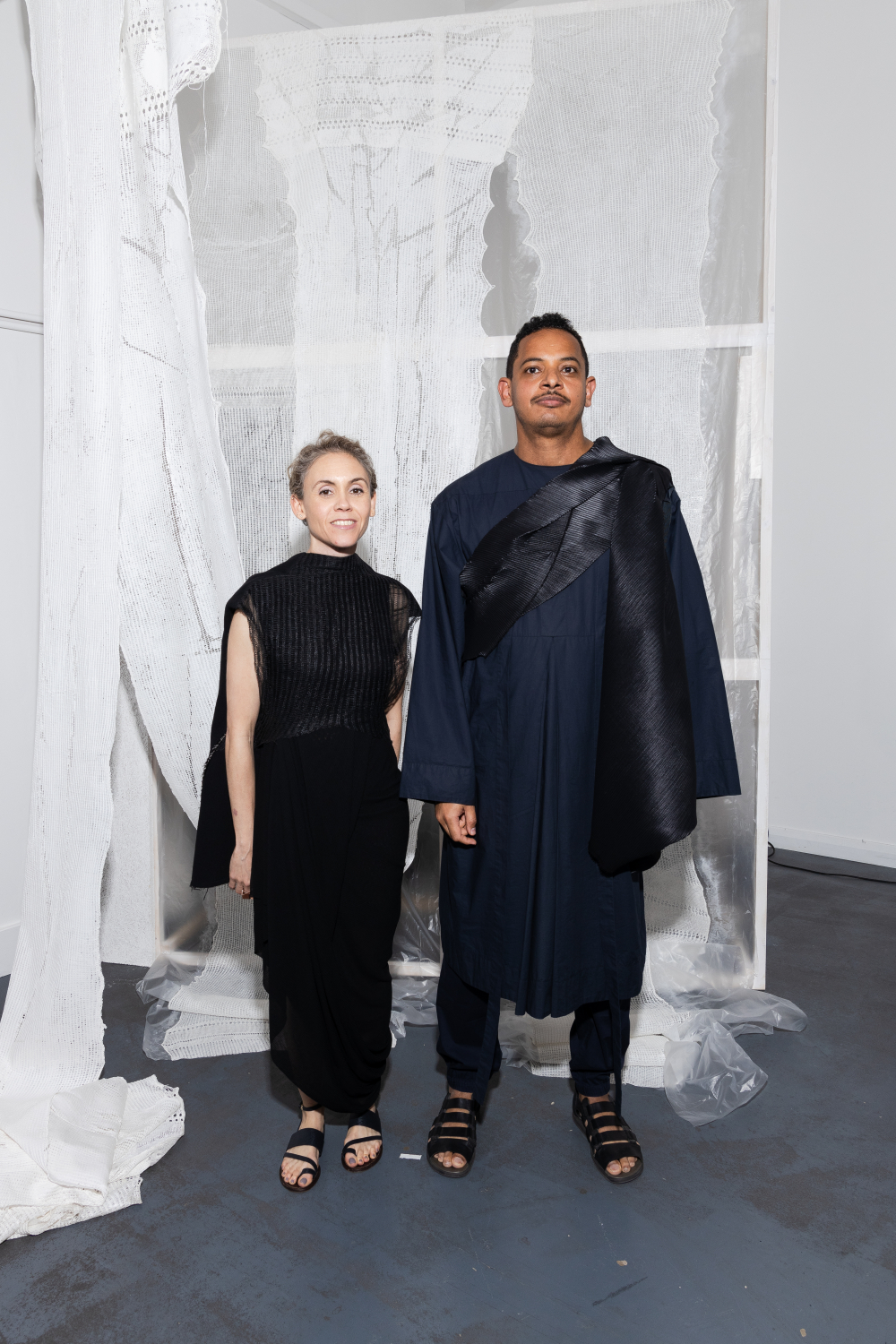Words Leelou Reboh
Imagery courtesy of Matthew Zorpas
If many designers seem to gravitate towards the chaos of fashion month and use it to fuel their creativity when it comes to showcasing their latest collections, ‘Transient Objects’ — the Spring/Summer 2025 collection of designer duo Maya Antoun and Omer Asim, founders and designers at Sudanese label Omer Asim — was, despite its title, everything but an ephemeral spectacle. Nestled on Great Portland Street, the Tank Magazine space proved to be the perfectly intimate outlet for the designers to kickstart the series of nomadic installation and events specially created to exhibit their latest creations, and set to stretch out over 24 months. To celebrate the launch, Antoun and Asim worked closely with interdisciplinary artist Scarlett Rouge on a performance to deliver an intimate insight into their creative synergy and own personal connection with the garments they design. The creative duo are now on the fourth month of their journey.
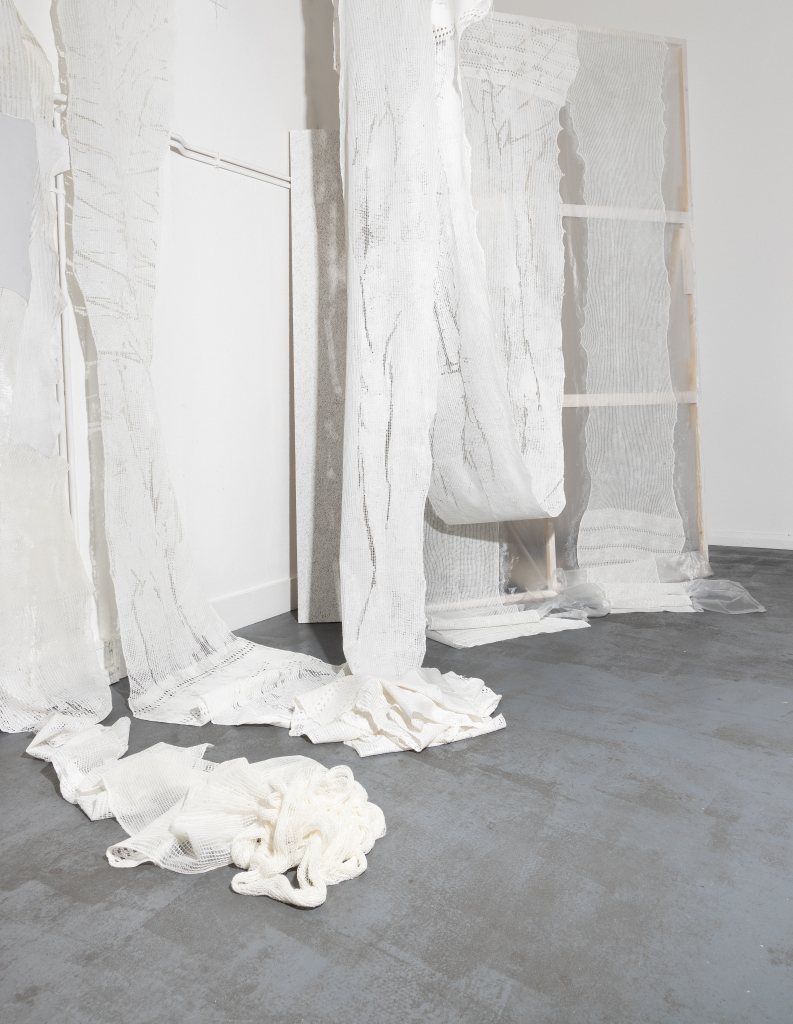
As for each of their collections, collaboration was at the heart of ‘Transient Objects’. Stemming from the label’s core ethos of creative partnership, the pair always seeks influence from other like-minded creatives to continually rethink their approach to fashion design. “We’re always interested in things that feed into the brand in terms of cultural perspectives, and we turned to performance because people do more than just wearing the clothes we make: they also experience them,” explains Antoun. By opting for an installation rather than a traditional catwalk to showcase ‘Transient Objects’, Asim and Antoun blur the lines between fashion and art, and encourage their audience to not only experience the collection as a work of art, but also open the doors of their collaborative practice to their audience.

The designers’ keen interest in performance prompted them to reach out to Scarlett Rouge to co-create a performance in response to the art installation part of the exhibition. “There was an immediate connection,” recounts Rouge about her collaboration with Asim and Antoun. “It wasn’t so much about what they are doing with the brand, but about who they are as people. It felt like we were speaking the same creative language.” When Rouge emerged from the backroom, wrapped in white cloth, under the supporting gaze of her mother Michèle Lamy standing on the front line, time seemed to stand still. Disappearing in the creases and folds of the fabric, the rhythm of her repetitive, spasmodic movements mesmerised guests who, in their trance-like state, were invited to connect with the primitive roots of Asim’s and Antoun’s Sudanese heritage. “I wanted to become the fabric,” explains Rouge. The unexpected fusion between performance and design brought the art installation to life and masterfully instilled emotion into the symbolic Toub — a 4.5m rectangular piece of fabric draped into a traditional Sudanese garment over the body, and one of Omer Asim’s key pattern-cutting techniques.


For ‘Transient Objects’, the duo conceptualised 14 different looks based on their design ‘pillars’: the Pleats, the Gilet, and the One Piece — a modern spin on the Toub. “This idea of draping clothing and layering fabrics is a big part of how people dress in Sudan,” explains Antoun. “Omer comes from an architectural background, and I from jewellery making, so we were always interested in structure and construction.” The timelessness of the garments is the fulfilment of the duo’s dedication to immaculate craftsmanship and attention to the making process. Toying with sheer fabrics and innovative ways of draping, their authentic nature transcends trends and the impossibly fast pace at which the fashion industry is evolving, yet successfully preserves their modern and current feel. “Our practice reflects this idea of transience, and how, when you move from one culture to another, you bring your own with you,” continues Antoun. Indeed, reclaiming cultural identity is an omnipresent value in the label’s ethos. It is by deconstructing and reappropriating traditional Sudanese garments and objects that Antoun and Asim find a cathartic detachment from historical marginalisation.

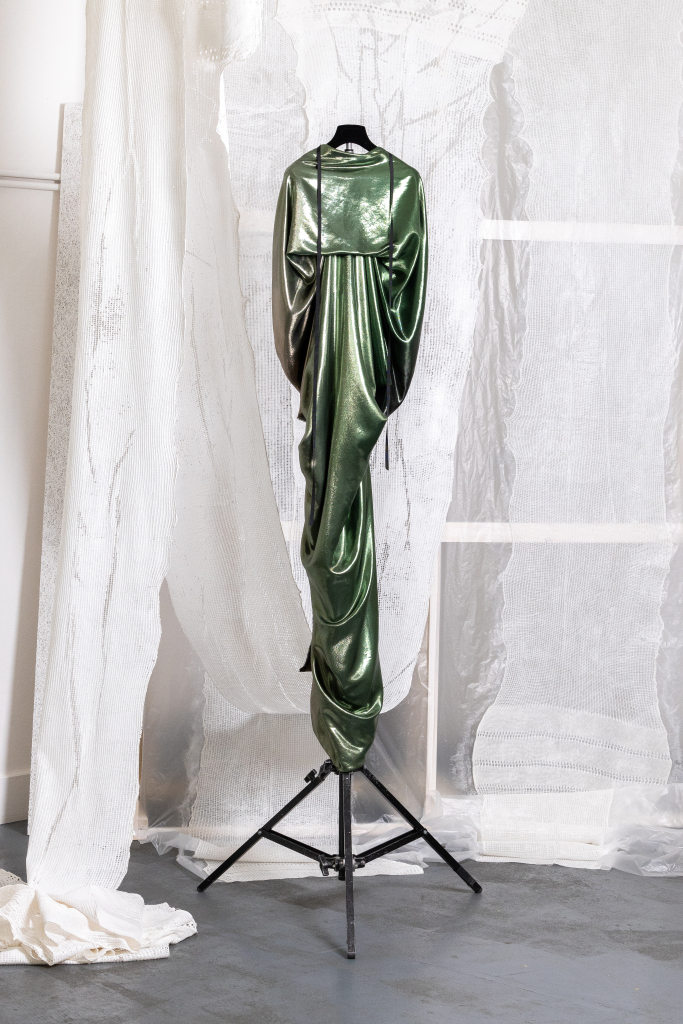
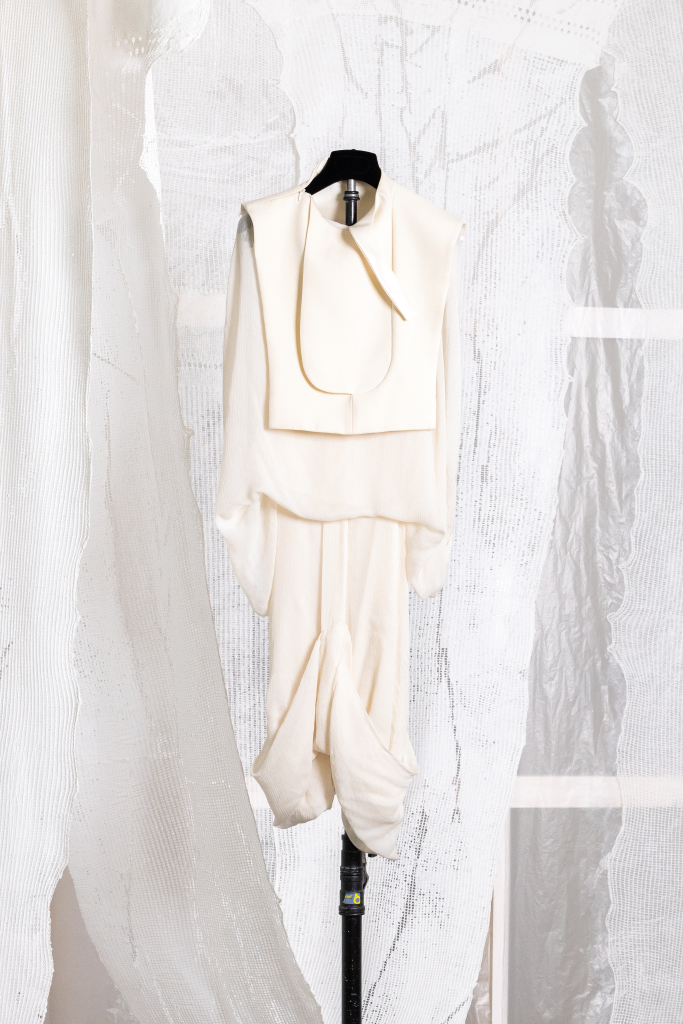
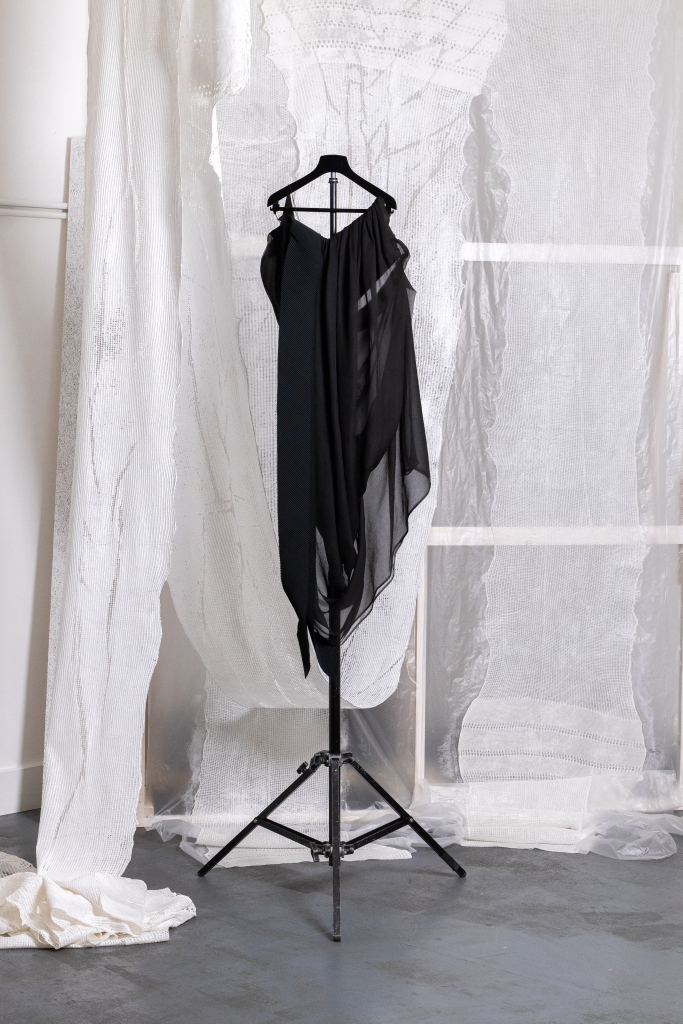


This non-traditional approach to fashion design is further reflected in the frequency at which the duo creates new collections. Contrary to many fashion brands, Omer Asim doesn’t come out with new collections seasonally. “When you grow up in the West, you’re faced with an abundance of things. We grew up in Sudan where things were scarce, so you don’t waste,” Antoun explains. “When you do something, you really have to commit to it. That’s why it’s also important for us to think about the state of the garment when you take it apart.” Their pattern-cutting technique, inspired by the Toub, ensures a minimum amount of waste as the shape of the fabric is never permanently altered. Once the 4.5m fabric is laid out, the only physical change it undergoes is sewing and draping. When unstitched and deconstructed, each garment returns to its original shape. Additionally, choosing to depict the accessories they create to compliment the garments as ‘Objects’ rather than jewellery emphasises on their desire to leave a long-lasting mark on the fashion landscape rather than feeding into a short-lived trend.
Both Antoun and Asim are outspoken advocates for a sustainable practice, and are actively fighting against the constant overproduction occurring in the industry. Their direction of the label sets an example for other key players impacting the fashion landscape.



Thank you to Omer Asim and Maya Antoun for their time, and Natalia Cassel at Cassel Consultancy for the invitation!

